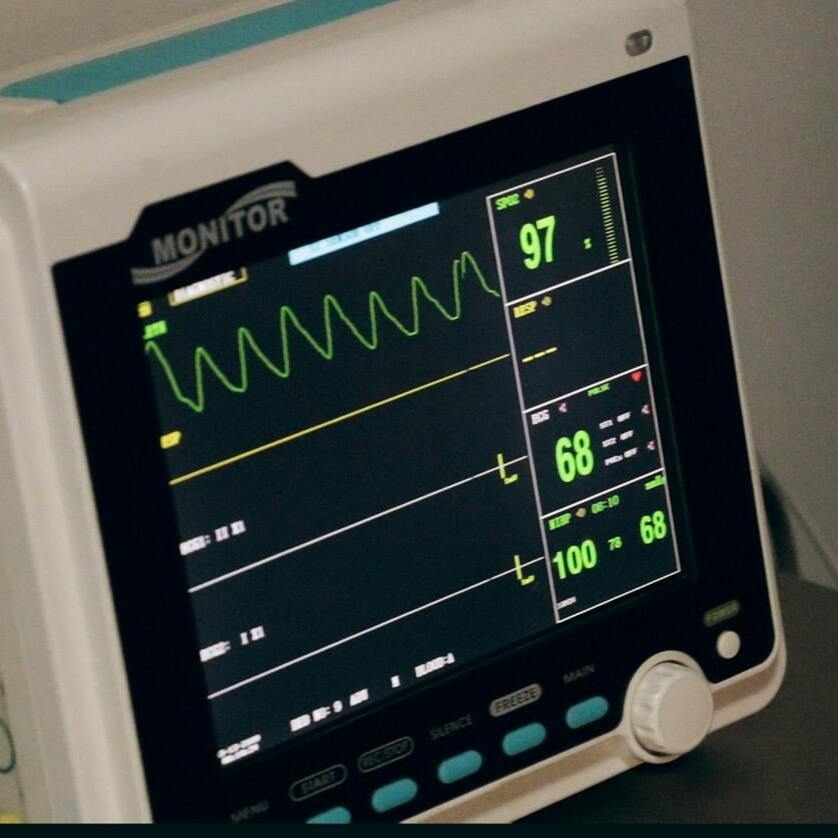Researchers Identify CVD Event Predictors for Low-Risk Myelodysplastic Syndrome
Cardiac monitoring has not been adequately established for such patients.

A team of investigators identified various predictors of poor cardiovascular prognosis in patients with low-risk myelodysplastic syndrome (Lr-MDS).
Such patients may frequently suffer from cardiovascular disease, the second most common cause of death for this patient population. Repeated red blood cell (RBC) transfusion can also lead to iron overload cardiomyopathy for certain patients.
“However, prognostic predictive factors are not adequately identified, and cardiac monitoring is not sufficiently established,” wrote the team of investigators, led by Marta Alonso-Fernandez-Gatta, MD, PhD, of the University Hospital of Salamanca.
As such, they performed a single-center observational and prospective study that enrolled transfusion-dependent patients (n = 31). All patients were classified as very low, low, or intermediate risk according to the Revised-International Prognostic Scoring System (IPSS-R).
Alonso-Fernandez-Gatta and colleagues then assessed cardiac biomarkers of the patients. Assessments included cardiac magnetic resonance (cMR) with parametric sequences (T1, T2 and T2*mapping) and myocardial deformation by feature tracking (FT).
Predictors for the combined event—death from any cause and/or development of cardiovascular event, defined as a new appearance of heart failure (HF), arrhythmia or ischemic heart disease during follow-up—were analyzed.
Results
The team reported that 16% of patients had new cardiac diagnoses at the first cardiology evaluation. Further, 50% demonstrated high N-terminal pro-b-type natriuretic peptide (NT-proBNP) and high-sensitive cardiac T troponine (hs-cTn).
High prevalence structural heart disease was detected with cMR (51% pathological findings).
Additionally, 35.5% suffered from the combined event, with 16% experiencing death, and 29% experiencing a cardiovascular event.
“At multivariate analysis, elevated NT-proBNP ≥ 486pg/ml (HR 96.7; 95%-CI 1.135–8243; P = 0.044), reduced native T1 time < 983ms (HR 44.8; 95%-CI 1.235–1623; P = 0.038) and higher left ventricular global longitudinal strain (LV-GLS) (HR 0.4; 95%-CI 0.196–0.973; P = 0.043) showed an independent prognostic value,” they wrote.
Along with myocardial T2* time < 20 ms, the aforementioned variables indicated an additive prognostic value (Log Rank: 12.4; P = 0.001).
Additionally, Kaplan-Meier survival analysis revealed that patients who exceeded previously established cut-off values for predicting the combined event and demonstrated ASLX-1 mutations had a significant higher incidence of the combined event plus a shortened event-free time.
Perspective
In light of these findings, Alonso-Fernandez-Gatta’s team highlighted the relevance of cardiovascular disease in patients with Lr-MDS.
“Our study highlights the prognostic value of cardiac biomarkers, myocardial native T1 and myocardial deformation by FT,” they wrote.
They found a relevant proportion of Lr-MDS patients with a relevant proportion of high NT-proBNP levels—which correlates to ferritin level, ventricuar size and diastolic dysfunction in young thalassaemia major patients, in addition to being an independent predictor of mortality in patients with sickle cell anemia.
Such high levels may also help clinicians establish heart failure diagnosis for these patients.
“The determination of biomarkers and cMR with parametric and myocardial deformation techniques would identify high-risk patients who could benefit from a protocolised cardiac treatment and follow-up in specific cardio-haematology units,” they concluded
The study, “Predictors of cardiovascular events and all-cause of death in patients with transfusion-dependent myelodysplastic syndrome,” was published online in British Journal of Hematology.